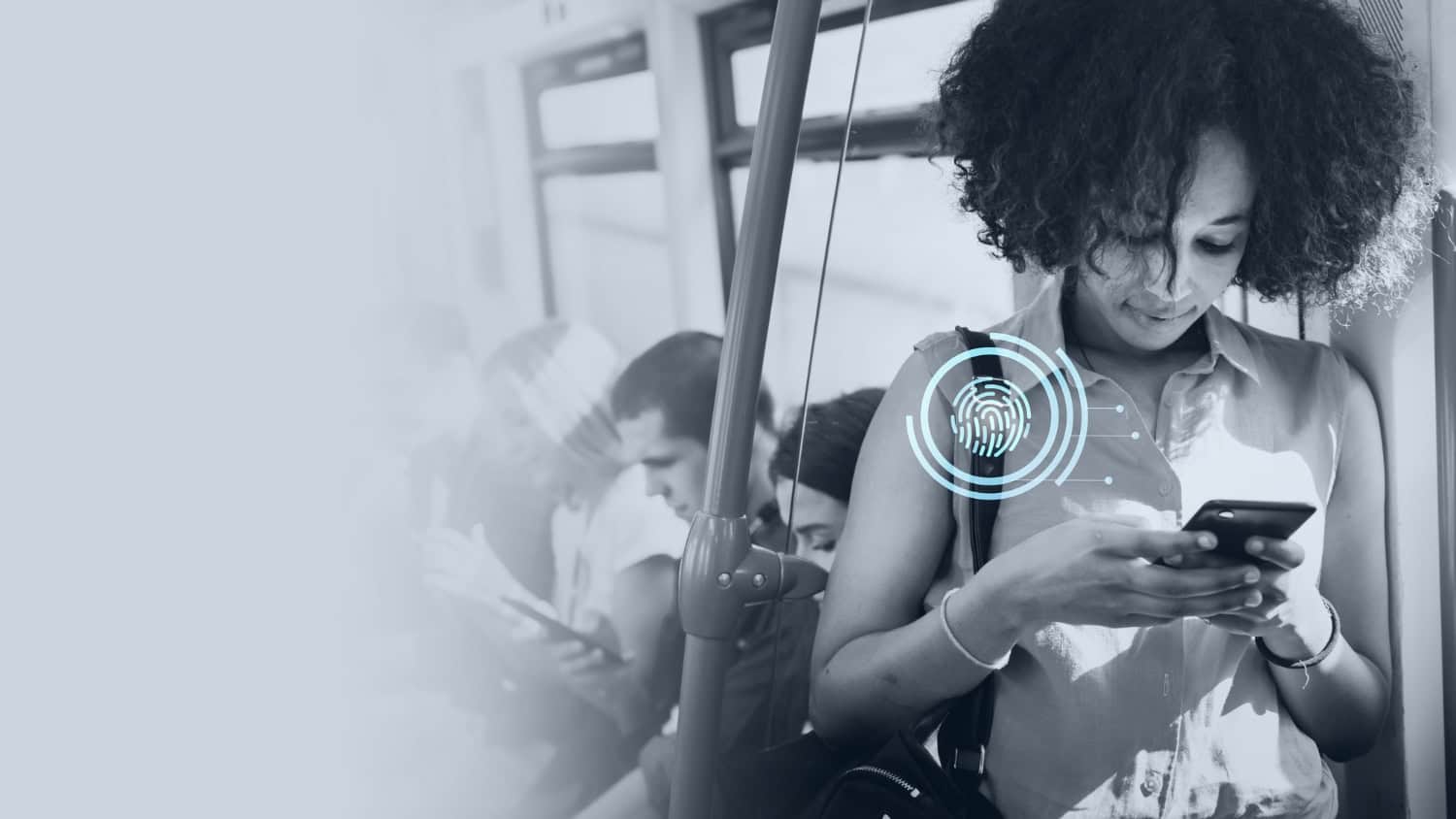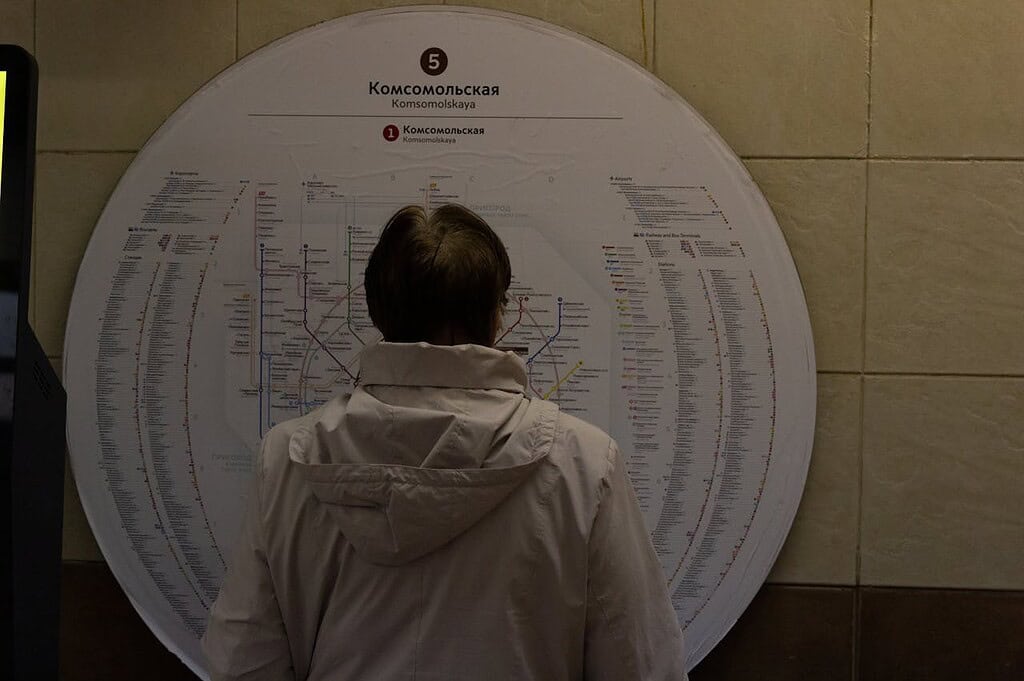
Navigating Public Transportation as a Deaf Traveller: Tips & Resources
- Posted by Cicada Sign
- Categories Blog
- Date May 15, 2025
- Comments 0 comment
Deaf travellers encounter unique challenges—missed audio announcements, complex station layouts, and unclear signage—but with the right tools and strategies, urban mobility can be seamless and empowering. Rely on specialized apps for real-time updates, harness visual and haptic alerts for critical notifications, and tap into community networks for local insights to ensure every journey feels confident and connected.
1. Plan Ahead with Reliable Apps
Transit App: Delivers real-time arrival and departure information with a clean visual interface ideal for Deaf users; it covers over 200 cities worldwide iaccessibility.com.
Moovit: Offers crowd-sourced service alerts—such as elevator outages and route changes—critical for those relying on accessible infrastructure Moovit.
Google Maps Live View: Uses augmented reality to overlay directional arrows on your camera feed, eliminating guesswork when exiting stations Google Help.
2. Leverage Visual & Haptic Alerts
Enable vibration and screen-flash notifications for incoming transit alerts via your phone’s Accessibility Settings to catch text updates instantly.
Turn on captions for agency-published safety videos (e.g., station etiquette tutorials) to ensure you don’t miss vital instructions.
3. Master Signage and Symbols
Understanding Universal Icons
Most metros use globally recognized pictograms—like escalator arrows and wheelchair symbols—that you can learn in advance.
Translating Local Terminology
In Japan, look for “eki” (駅) on signs for stations; use Google Lens to translate unfamiliar characters in real time.
In Germany, “Fahrstuhl” means elevator—vital if you need step-free access.
4. Connect with Local Deaf Communities
Deaf Journey Media: Offers city-specific transit hacks and organizes meet-ups at major transport hubs for peer support.
Facebook & Meetup.com: Search “Deaf travellers in [City]” to find groups sharing insider tips on station layouts and accessible routes.
5. Advocate for Your Needs
Onboard Requests: If audio announcements are unclear, politely write or sign to the driver/conductor requesting visual route updates.
Formal Feedback: Contact transit agencies’ Accessibility Liaisons with suggestions, such as installing digital caption screens on platforms, to improve service for all.
Conclusion
Public transit doesn’t have to be a barrier for Deaf travellers. With proactive planning, the right digital tools, and community connections, every route becomes part of the adventure rather than an obstacle.
Share your top transit hacks or favorite Deaf-friendly city in the comments below—and tag a friend who’s planning their next big journey!
References
EDF-FEPH, “Enhancing Accessibility for Deaf People in Tourism,” EDF FEPH
Transit App, “Features & Supported Cities,” iaccessibility.com
Moovit, “Accessibility Features,” Moovit
Google Support, “Accessibility in Google Maps,” Google Help
InclusiveCityMaker, “Public Transport Information Accessibility for Deaf & Hard-of-Hearing,” Inclusive City Maker
Deaf Journey Media, “Destination Guides & Transit Tips,” Hostelworld
Hostelworld, “How to Make Friends While Travelling as a Deaf Solo Traveller,” Hostelworld
121Captions, “Deaf-Friendly Travel: Diversity & Inclusion,” 121 Captions
Massachusetts Hearing Group, “Tips for Taking Public Transportation With Hearing Loss,” massachusettshearinggroup.com
Microsoft News, “How Moovit Helps People With Disabilities Ride Transit,” Source

D Letter in ASL
When traveling, people with hearing loss need written support broadcast simultaneously with spoken messages to ensure the same level of information and security as everyone else.” — Zoe Gervais, Inclusive CityMaker

“Thanks to mobility apps like Moovit, I can leave home on my own—independent and confident—even in an unfamiliar city.” — Moovit user testimonial



